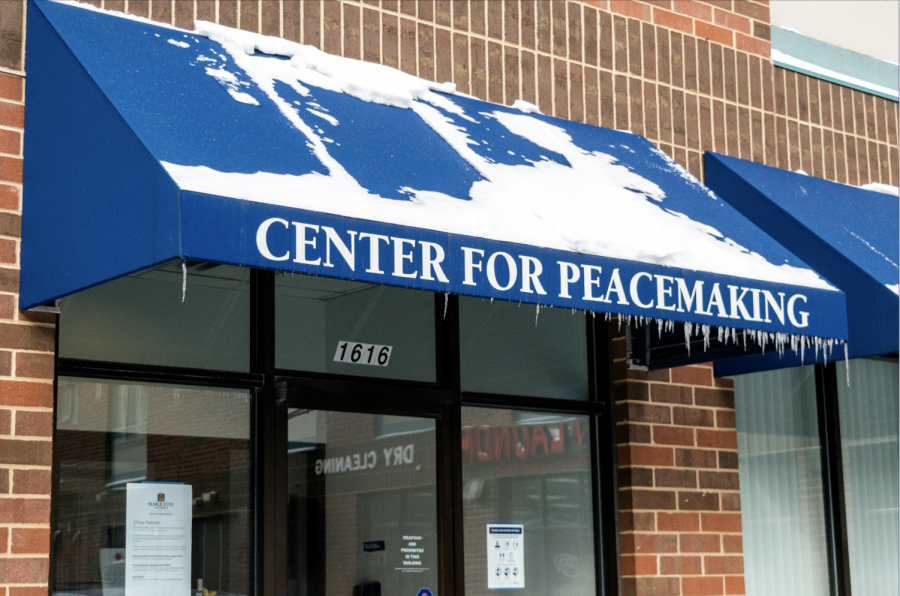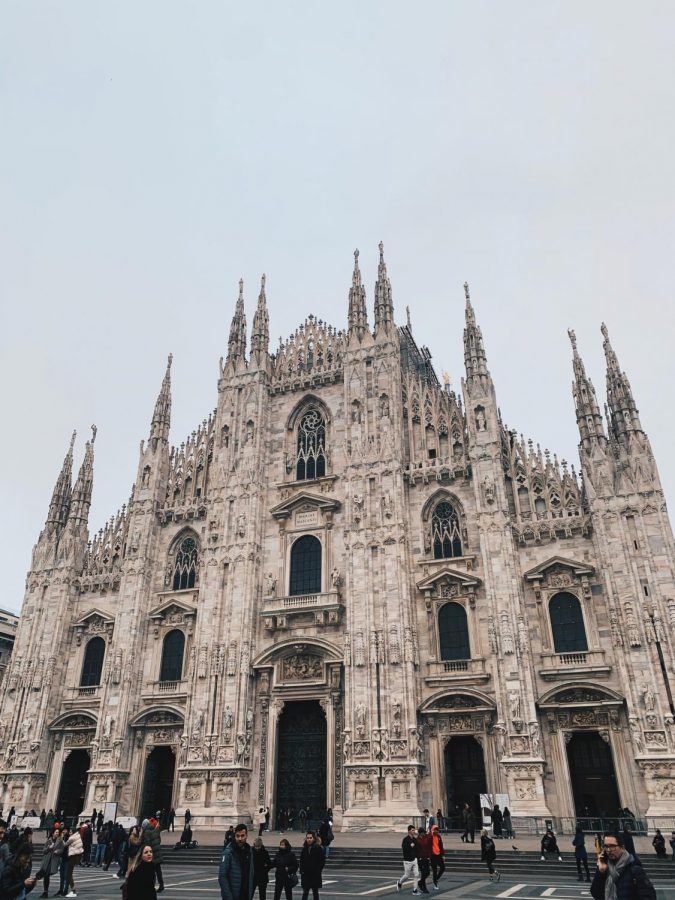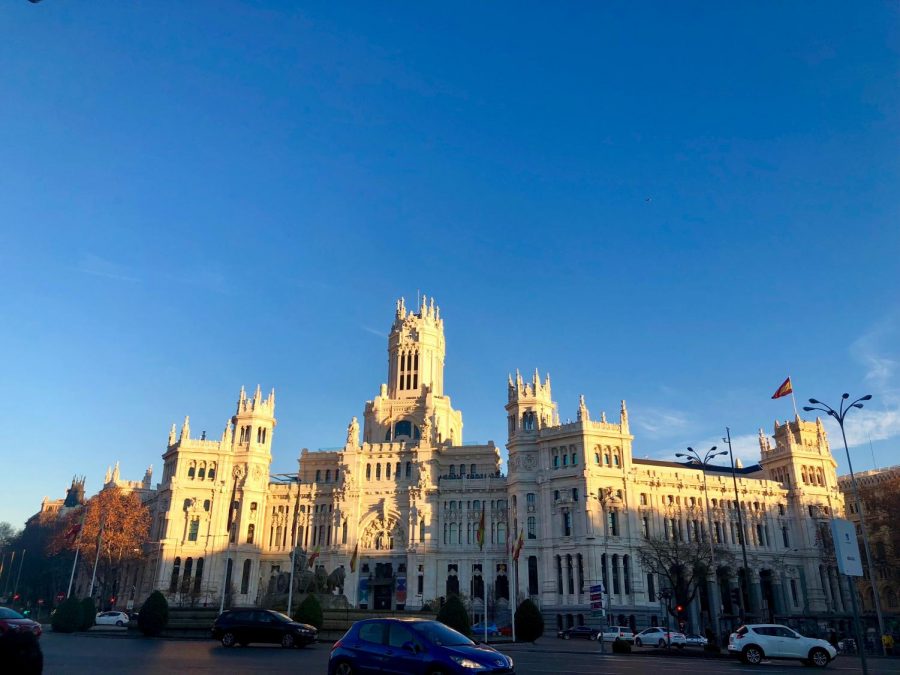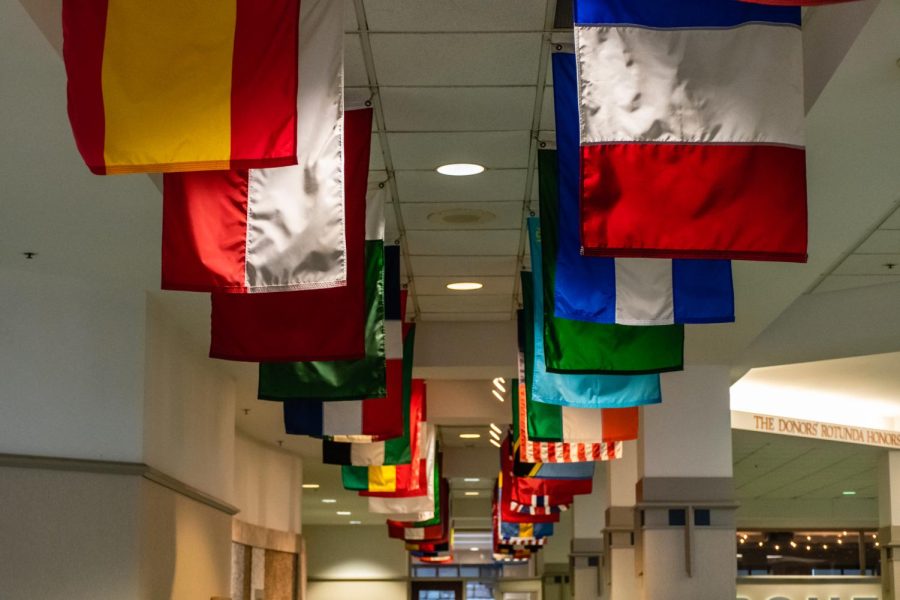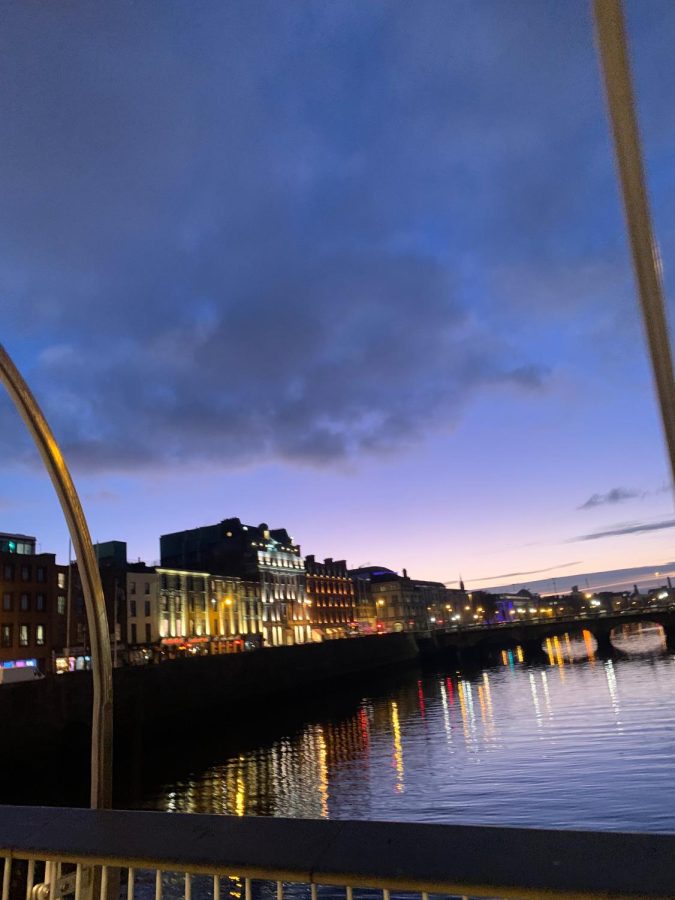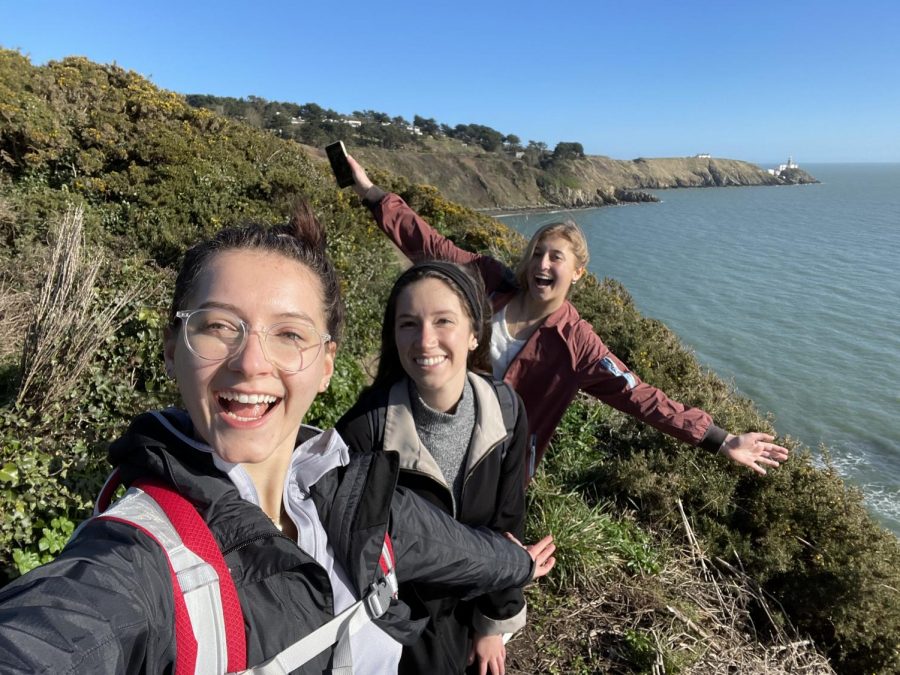
Visiting Venice (or Venezia, as it’s named in Italian) is an experience which is hard to explain.
I think that, knowingly or unknowingly, when people think of “Italians” – or more accurately, Italian style – they think of Venice.
Venice, for centuries, has been home to some of the best decorative glass and lace makers in the world. It was one of the top cities in the Italian Renaissance, and hosted some of the best Renaissance decadent architects, painters, and sculptors during its peak.
Some of its most-famous landmarks, such as the Palazzo Ducale, the Basilica San Marco and Piazza di San Marco are still-standing testaments to Venice’s most brilliant artists.
Palazzo Ducale formerly housed the Venetian government, most notably the Council of Ten, or the judicial body that ruled Venezia during its Renaissance prime.
Just from walking around the palace, it’s obvious the Council was obnoxiously powerful. Every room is decorated with priceless oil paintings in gilded frames larger than my entire flat. Each space features handcrafted woodwork with inlays of gold, ivory and exotic woods, walls covered in centuries-old brocade or damask and silk and lace curtains stiched by hands that have long been laid to rest.
The building is, rightfully, a work of art in itself that tells a small part of the Venezian story.
The canals the city is famous for tell another large part, from the “highway” of the Grand Canal to the nameless hundreds of others that criss-cross the city.
Venice has few streets (let alone street signs), and getting lost is easy to do. While getting lost on the way to my hotel, the city told its own story of ancient boat docks long covered in seaweed and clams, new construction being build from materials transported on boats, of balconies rusted after centuries of use and terraces built with the newest wrought iron.
In short, Venice is a city living in both the past and the present. All of the beauty of the canals, the homes decorated in the traditional Venetian style “like lace”, all of the marble statues and mosaic tiles and outdoor frescos stand as stark reminders of centuries long gone.
And all of this beauty is slowly falling right into the sea.
All of the construction boats, cranes, and fresh paint tell the story of a city struggling to stay afloat, literally.
To those who are unfamiliar with the island city, it is built on top of the Adriatic Sea. Centuries ago, when Venice was first populated by people hiding from the Visigoths, it was far more meters above sea level than it currently sits.
Currently, when it rains too much, the entire city floods. We were unfortunate enough to be there during a rainy day when it did not flood – unfortunate because the flooding of Venice is a spectacular sight to see. We saw all of the “floating sidewalks” stacked up – which are nothing more than particle board on top of metal supports – but as it didn’t flood, they weren’t used.
However, the flooding of Venice, while fascinating, is a small reminder of a harsh reality: in a century or so, the entire city is at threat to fall completely into the sea. The foundations of the city are slowly crumbling underneath the daily weight of buildings, people and tourism.
The people of Venice are doing their best to counteract the problem, but quite a bit of land have already been eaten up by the sea, and the past usually foreshadows the future with the environment.
I’m just glad I was able to see the beauty of the city while it’s still here to see.


